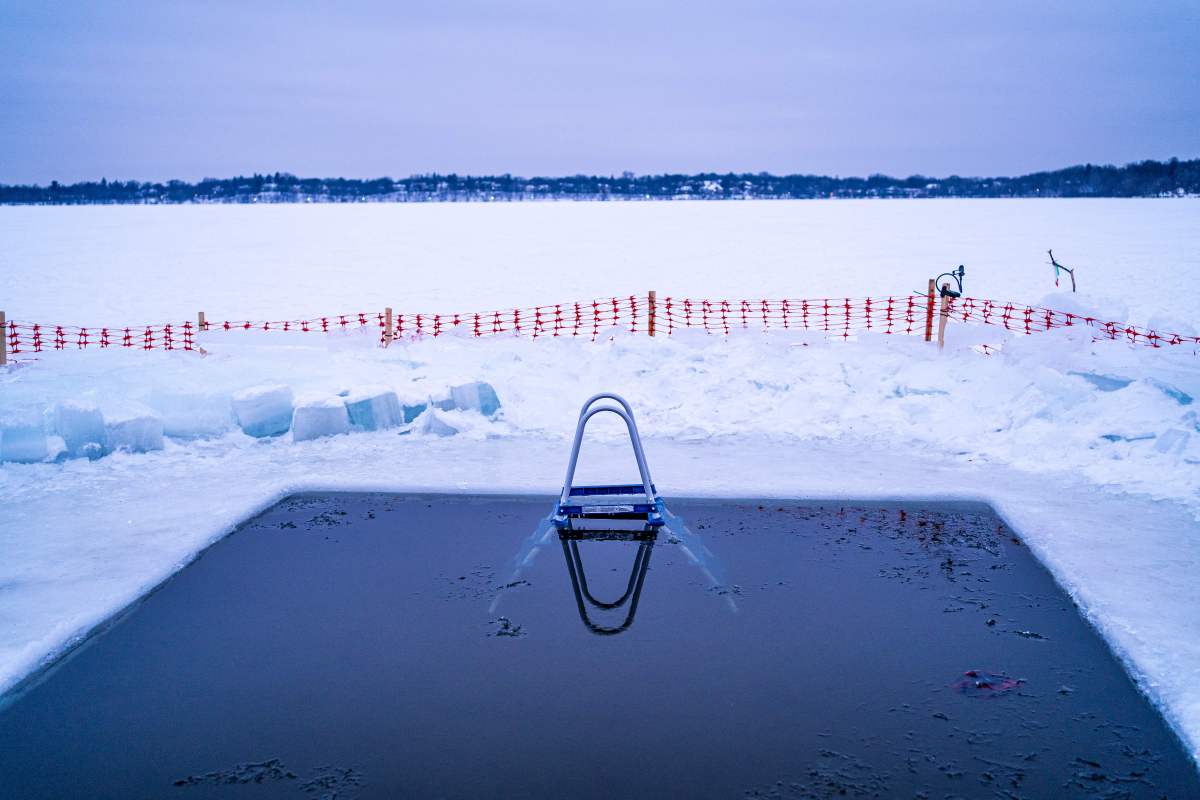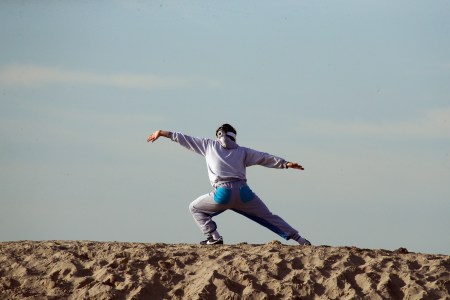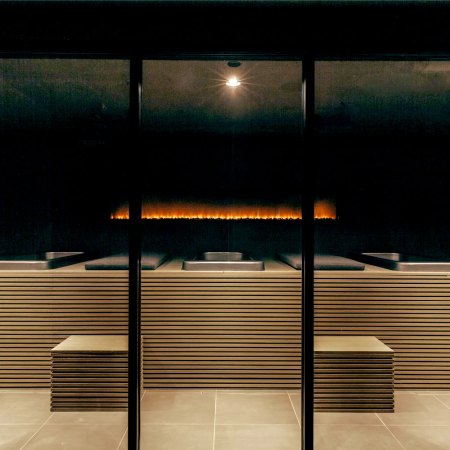You don’t submerge yourself in freezing cold water solely for the purported health benefits.
Or at least, I don’t. The handful of times that I’ve pilgrimaged to a cold coastline are among my most spiritually invigorating mornings. It isn’t hyperbole to call it a near-religious experience; in places like Japan and Eastern Europe, Shintoists and Christians leap into icy rivers to rinse themselves and begin anew.
Being outside in nature always plays a key role, but as the water is the main attraction, I’ve found that it’s possible to bottle that sensation in a standardized setting, too. There are now ice bath classes popping up at wellness studios across the country, which pair breathwork and meditation with a tub of water colder than 40°F. It works.
Can a household shower get the job done, though? For those of us who’d rather not shell out $50 every time we want a dose of heart-pumping enlightenment (and also don’t live within a walk of a swim-safe lake or ocean), is a cold rinse a worthy substitute?
Slot This 7-Move Workout Into Your Morning Routine
The gentle circuit will ease stiffness ahead of a sedentary workdayA chilliness delta
For starters: showers may vary. Depending on water supply, the local plumbing system, your regional climate and the time of the year, your cold shower may or may not be as cold as my cold shower. Still, the range is going to be somewhere between 50-70°F.
How does that compare to natural and studio fare? At my closest beach (Far Rockaway, Queens), the water temperature ranges from 37-77°F. Most months of the year, it’s in the mid-40s. In the ice bath breathwork class I tried at New York’s buzzy Remedy Place, their tubs are ever-chilled at 39°F.
It’s not nothing, though
So, chances are, the coldest household shower you can cook up on the coldest day of the year is not really going to equal a bone-chilling dip outside or at a health club.
That doesn’t mean it isn’t worth trying, though. Cold water exposure could elicit a range of happy physiological responses, like improved circulation, enhanced mood and increased alertness. Some studies have even suggested that cold showers might stimulate the production of brown adipose tissue (BAT), which helps your body generate heat and burn calories.
Our verdict
The science definitely gets more exciting when the cold exposure gets more extreme — frigid plunges appear to stimulate the vagus nerve, which is associated with reduced inflammation and increased pain tolerance. Plus, they challenge your cardiovascular system, which can lead to improved cardiovascular fitness and an enhanced ability to tolerate cold temperatures. (Hence why polar-bear-plunge regulars strut into the surf like it’s no big deal.)
There are those metaphysical intangibles at play, too. Hopping into the shower doesn’t feel like much of a pilgrimage, does it? A shower is a functional enterprise at the end of the day. You’re in and out. Someone might be waiting for their turn.
Fortunately, day-to-day cold showers and life-changing cold plunges can coexist. Pair them together to create a larger, comprehensive approach to cold therapy. Take cold showers at home to build up a tolerance for chillier straits; you can use them to wake up, or banish a hangover, or supercharge your skin. And when time/money permits, head somewhere cooler — in every way — for a proper dip.
Whether you’re looking to get into shape, or just get out of a funk, The Charge has got you covered. Sign up for our new wellness newsletter today.


















